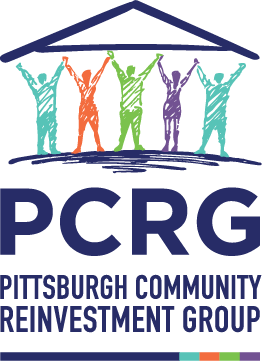By Druta Bhatt
While rents and home prices remain extremely high, the gap between rent and mortgage payments — an indicator of the financial challenge in transitioning from renting to homeownership — is gradually narrowing in 2024, according to research by Freddie Mac. Analysis of Freddie Mac loan application data revealed that a typical household renting a single-family home in 2024 would need to pay $600 more per month to purchase their desired home. This represents a 32% increase from their rent payment amounts.
In 2020, the percentage increase in monthly payments when shifting from renting to owning fell to a historic low of less than 20%, but it surged to more than 40% in 2023 before declining to 32% in 2024. This recent drop is attributed primarily to a decrease in mortgage rates.
Most homebuyers aim for larger homes than their current rental or owned properties. Even when excluding size differences and comparing the affordability of purchasing the same home being rented, a similar trend emerges. In 2024, buyers are paying approximately 30% more in mortgage payments compared to their rental payments for the same home.
The characteristics of a "desired home" also evolve with buying activity. Freddie Mac data shows that the share of mortgage applications for homes with larger square footage than the applicant’s current rental peaked at 71% in 2013, before declining to 64% in September 2024. A temporary rise occurred in 2020, likely driven by the increasing popularity of remote work. Similarly, the percentage of existing homeowners applying for larger homes has also declined, dropping from 69% at the start of the pandemic to 65% in 2024. This trend toward purchasing smaller homes reflects rising housing costs and decreasing affordability.
Southern metro cities — such as Tampa, San Antonio, Houston, Orlando, Miami, Dallas, and Atlanta — have experienced the highest increases in the ratio of rent to mortgage costs for the same homes compared to metro areas in other U.S. regions. However, the greatest housing affordability challenges are currently being felt in Los Angeles, followed by San Francisco and San Diego.
Although purchasing a home entails higher monthly costs than renting, homeownership offers several long-term benefits, including building equity, protection against inflation in housing costs, and greater control over the property’s design. However, rising rents make it harder for renters to save for home purchases. At the same time, the prospect of securing stable housing costs through homeownership becomes increasingly attractive amidst escalating rental rates.

